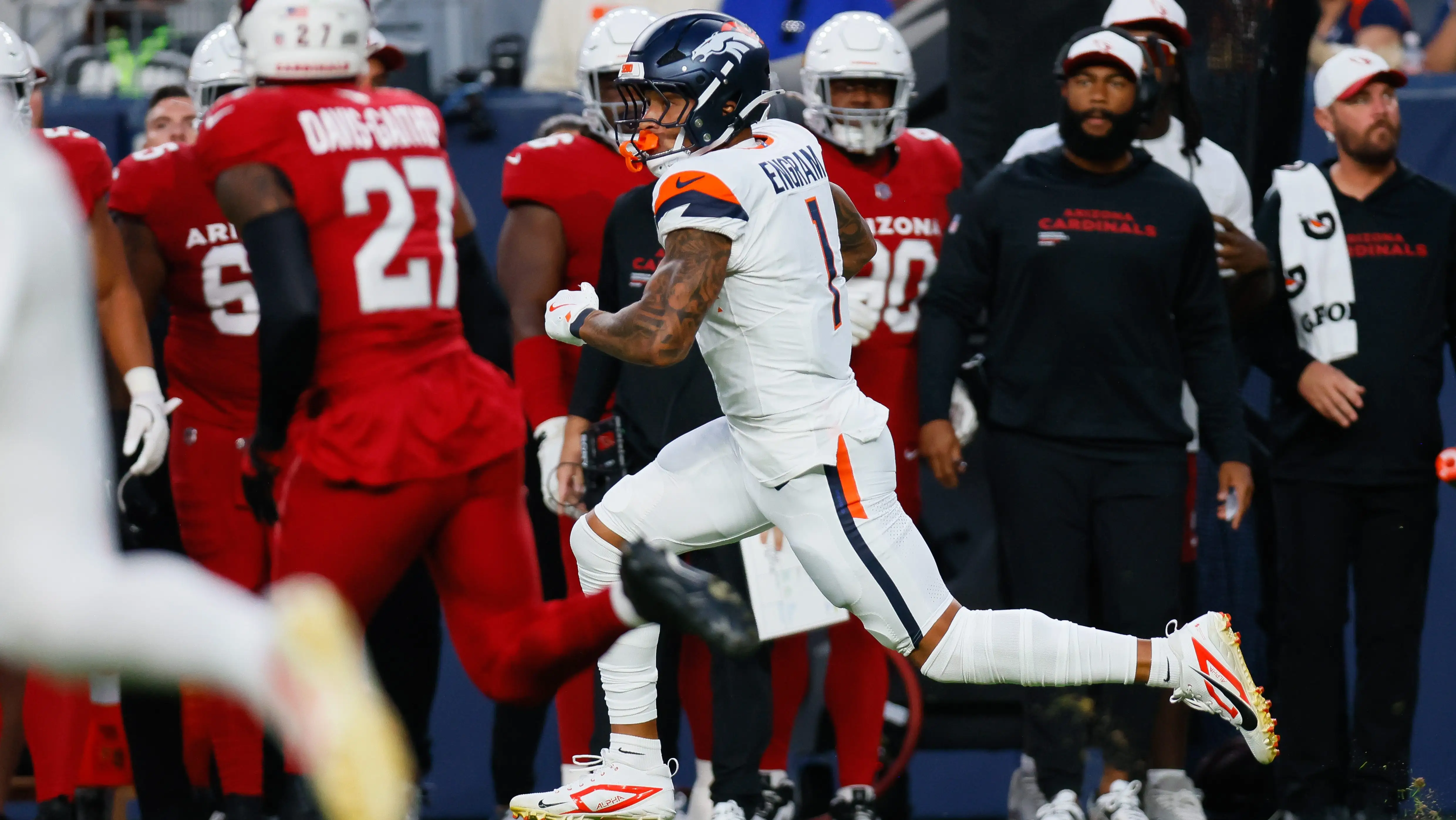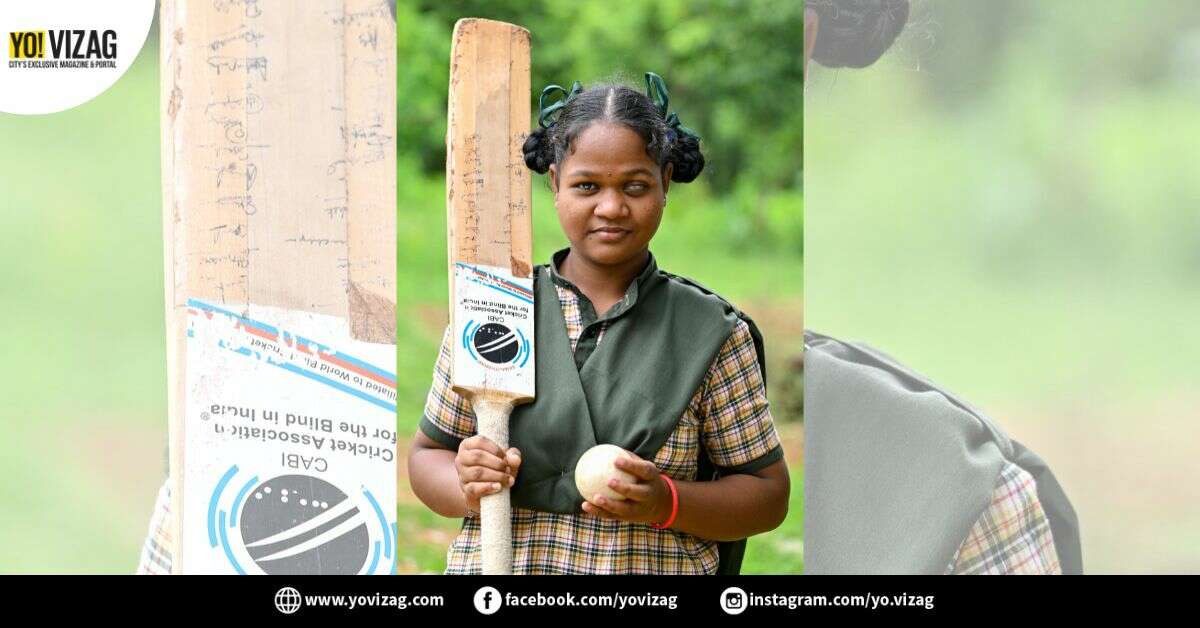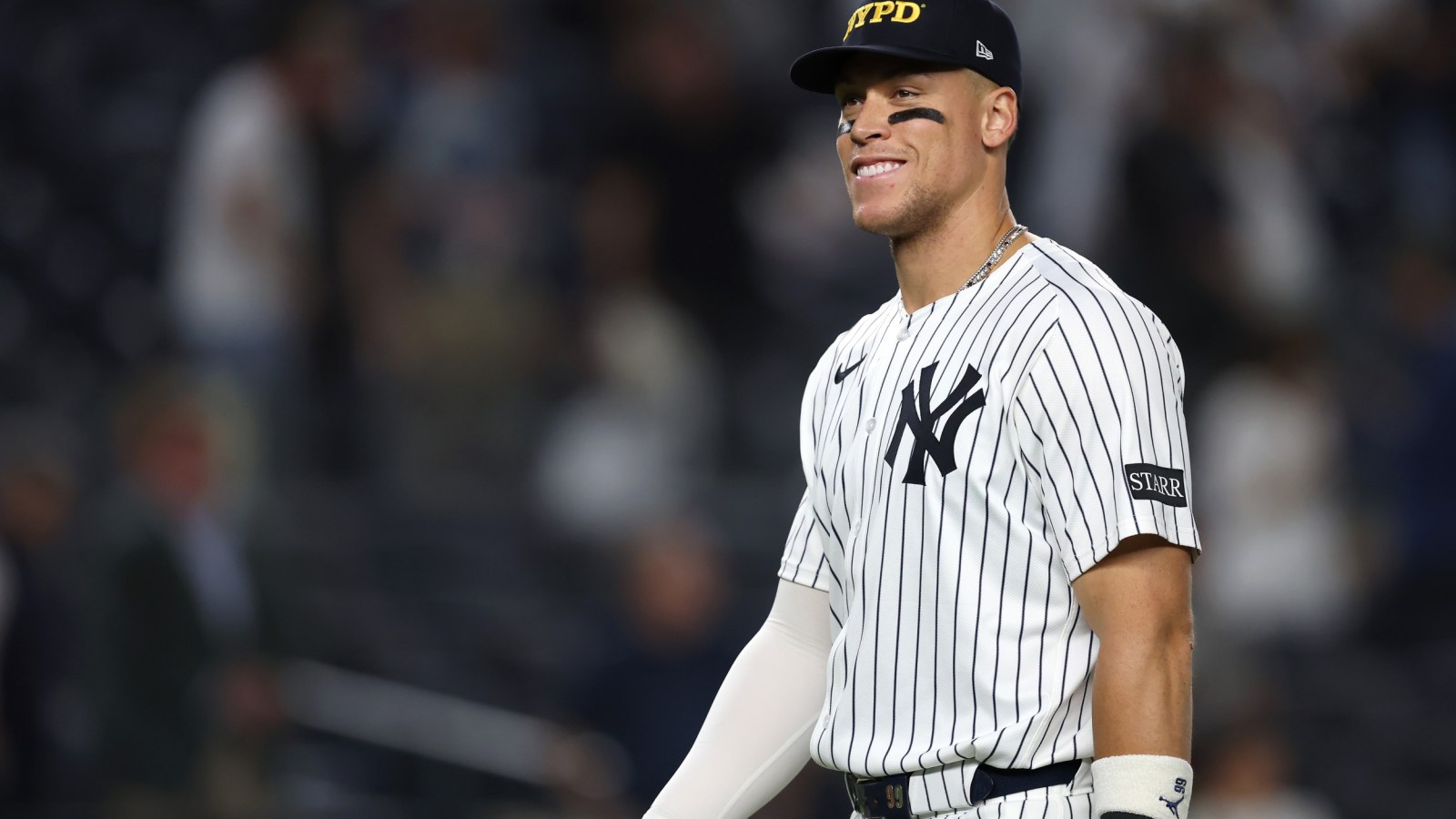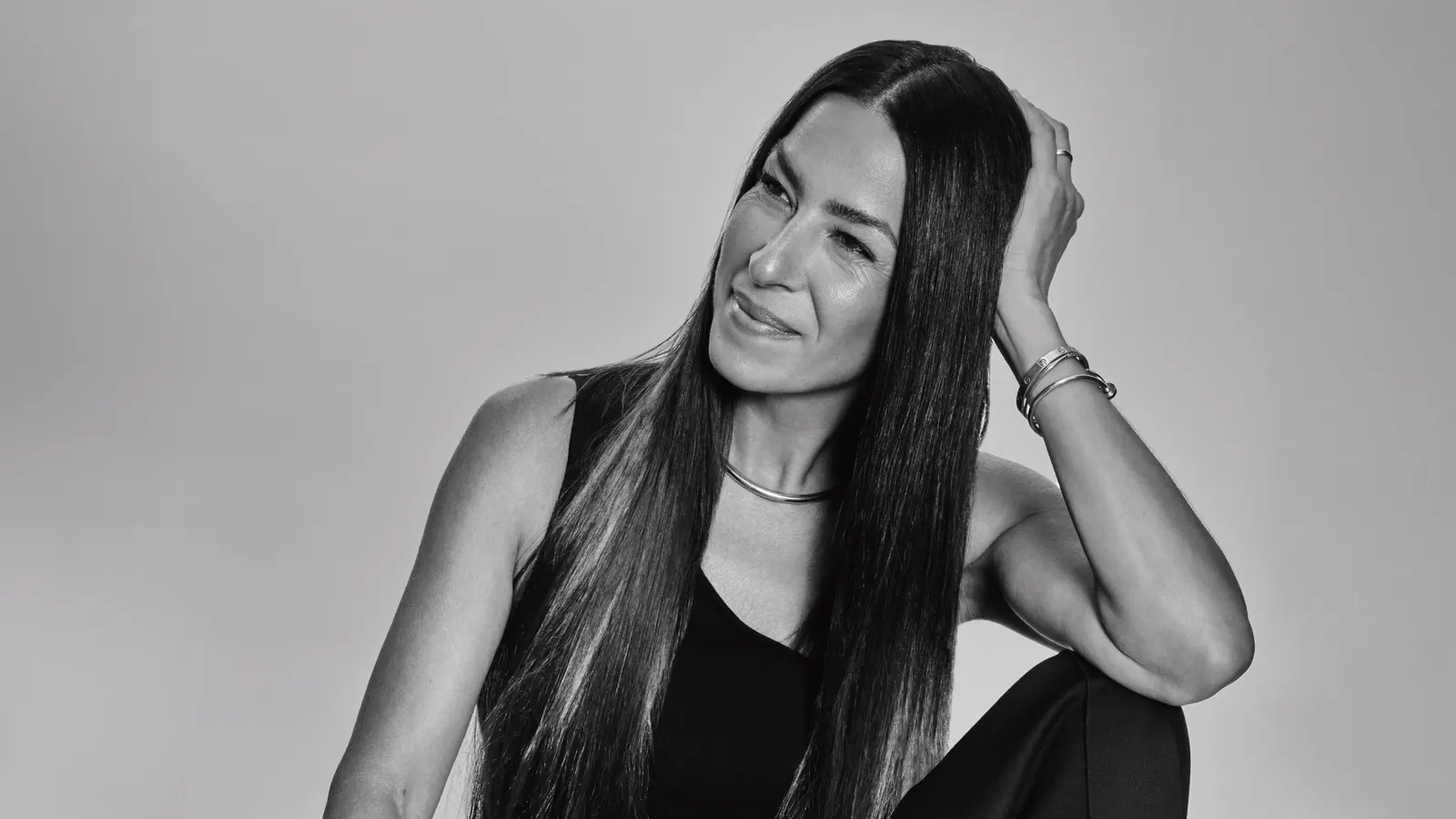By Nathanial Goldberg,Samuel Hine
Copyright gq
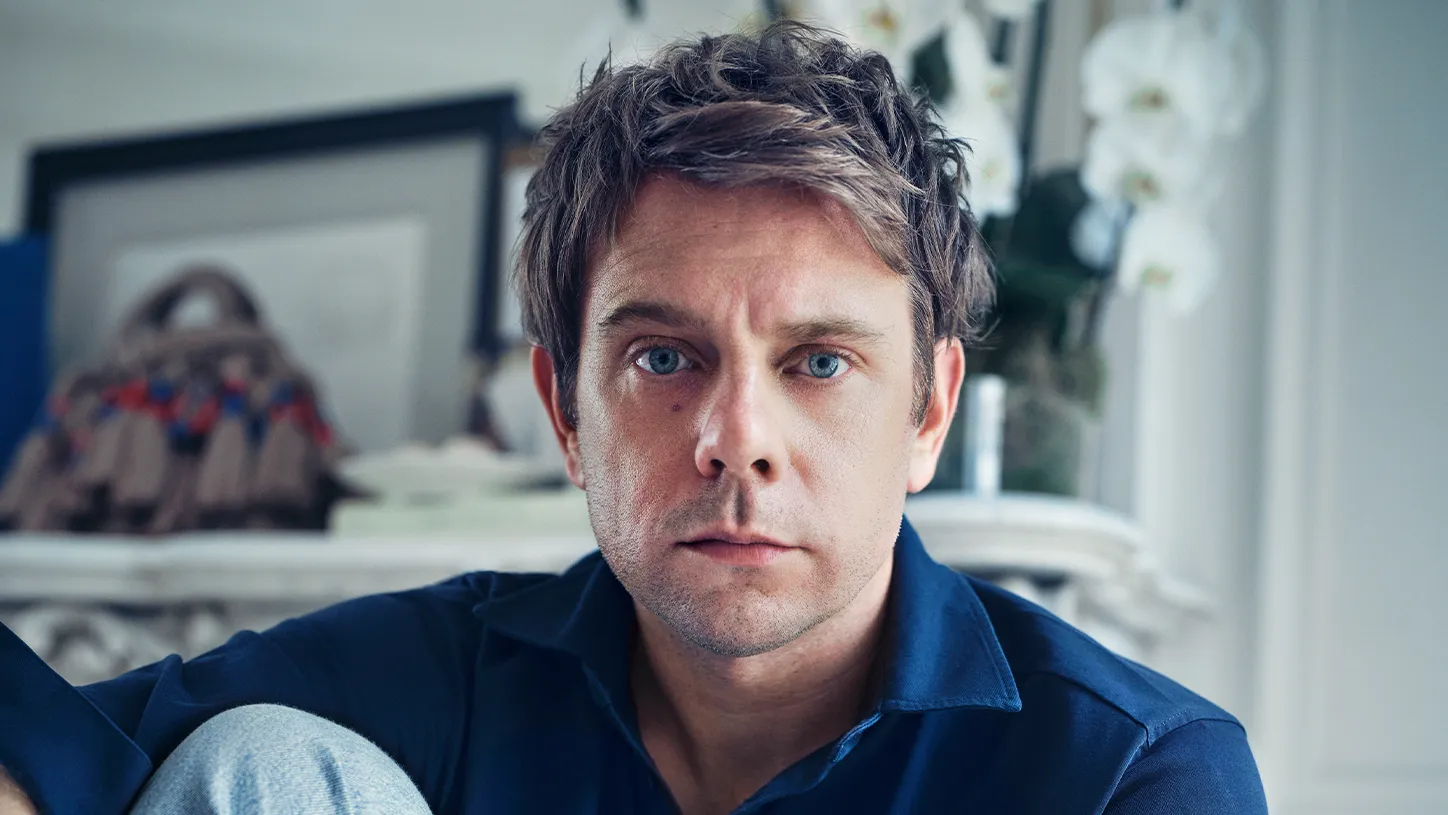
On a hot summer afternoon in a makeshift museum on the grounds of the Hôtel National des Invalides in Paris, about 600 people waited patiently for the Dior Men’s show to begin. Donatella Versace took a photo with Roger Federer. While an elite slice of the celebrity and fashion establishments sat shoulder to shoulder in the room, over a million people were watching on the livestream. The outsize attention was testament to the fact that this was the Super Bowl of fashion shows for the spring-summer 2026 season—the event that all of June’s Paris Fashion Week had been building toward. For months, June 27 had been circled on the calendar in bright red Sharpie as the day when Jonathan Anderson, the 41-year-old designer newly installed at the helm of Christian Dior, might jolt fashion out of the stupor caused by two years of slumping sales, listless collections, and a seemingly endless merry-go-round of designer changes.
Earlier that morning, Anderson rubbed his eyes as he greeted a small group of press backstage for a preview. Anderson has the perpetual vibe of a graduate student during cramming season, weary but wired, with tousled boyish hair and bright blue eyes. He hadn’t slept the night before. It wasn’t nerves or preshow partying but Rihanna who kept him up: His notoriously nocturnal marquee guest showed up at 3 a.m. for her fitting. He appeared to be running on adrenaline and Marlboro Lights. “I feel good, I feel relaxed,” he said, not entirely unconvincingly.
Unlike many famous fashion designers, Anderson doesn’t cloak himself in mystery or eccentricity. Dior has historically attracted its fair share of designers who became larger-than-life personalities (Yves Saint Laurent, John Galliano, Hedi Slimane) while remaining enigmatic and unknowable. Anderson, on the other hand, could pass as a bro, until he opens his mouth and reveals himself as a restlessly curious aficionado of contemporary queer painting, important chairs, and artisanal Japanese ceramics. Still, he dresses in normcore vintage jeans and plain jumpers, as if he is actually the younger brother of a famous fashion designer who only gets a sweater or shirt as a gift every year at Christmas. If you didn’t know who he was, you wouldn’t bat an eye if you saw him buying eggs at your local grocery store.
But now one of the most consistently creative designers in the world is also one of the most powerful designers in the world, tasked with overhauling one of the largest and most famous of fashion houses. Under Kim Jones and Maria Grazia Chiuri, Anderson’s respective predecessors at Dior men’s and women’s, Dior couldn’t swim against the tide of falling spending that has dragged down almost every luxury brand. But Dior is not just any brand. It is a crown jewel of LVMH and an international symbol of French fashion. No single designer since Monsieur Dior himself (as the house’s founder is referred to by everyone at the company besides, seemingly, Anderson, who simply calls the couturier-patriarch “Dior”) has overseen the entire brand at once. Is it too much to expect that Dior under Anderson might usher in the next era of menswear?
The wind may not shift when Anderson enters the room, but when he gets going he’s a commanding talker, speaking in confident brain dump-y monologues that often feel like rhetorical Rube Goldberg machines—one idea knocking the next one forward in an unlikely manner. At the preview, he was wearing a plaid shirt and vintage Levi’s and describing how he has to “decode to recode Dior,” all the while dropping references to Candy Darling, Jean Siméon Chardin, Bram Stoker, 18th–century French furniture, Gerhard Richter, Peter Hujar, and “Dior” himself, in a span of about five minutes. Luca Guadagnino, the Italian director with whom Anderson worked as costume designer on the films Challengers and Queer, popped in and out with a cameraman.
Before starting at Dior in February, Anderson spent a decade in another corner of the LVMH stables, at Loewe, where he created clever and often quite beautiful garments that introduced the wearer to twisted sartorial fantasies. (See: the grass-covered overcoats of spring-summer 2022 or the bedazzled chest-high jeans of spring-summer 2024.) Between Loewe and his experimental namesake line JW Anderson, which he founded in London in 2008, Anderson earned a reputation as a uniquely gifted and prolific talent. But he’s much more curious about what’s around the corner than nostalgic for high points of his past; when he references the past it’s always in service of a new concept. “I think ownership in fashion is the most devastating thing, because I think you do not own anything,” he said. “When you make a creative idea, you put it out. So you come up with another one.”
By showtime, the room was a crackling microcosm of the forces that have turned luxury fashion into one of this decade’s ultimate spectator sports. There was clout, with so many A-listers, Rihanna among them, perched on blond-wood stools in the front row that there was hardly any room for press. (Though even the celebs were politely denied plus-ones.) There was money, which was pretty evident as soon as you stepped inside the boxy gray tented venue, which had been constructed using an acre of parquet flooring to resemble the Gemäldegalerie, a Berlin museum that Anderson considers a favorite. And there was a major flex of cultural soft power in the form of two beautiful Chardin still lifes hanging on the walls, which Dior borrowed from the National Gallery of Scotland and the Louvre. (LVMH boss Bernard Arnault helped the Louvre acquire its masterpiece.)
If you weren’t one of the million people who tuned in to watch Anderson’s debut in real time, you may have been one of the many millions who Dior says watched the livestream in the days that followed. So you probably know what happened next, which is that Anderson brought the house down with clothes that were surprisingly, righteously un-splashy. There was none of his signature Loewe surrealism, nor the kinky conceptualism he has used to such memorable effect at JW Anderson, where he is fond of morphing things like pillows into bags and broken skateboards into sweaters. It felt instead like a fresh manifesto for menswear that captured a fantasy of how men actually want to dress right now.
There were crisp, preppy poplin shirts, striped silk ties, bright cable-knit sweaters, and gently curved Bar jackets in Donegal tweed from Anderson’s native island of Ireland; notes of indie sleaze in Slimane-esque denim jeans and hints of gorpcore in down outerwear and hiking sneakers left insouciantly untied; callouts to 18th-century French aristocratic drip in colorful waistcoats and walking coats that had been re-created by the Dior couture atelier; and references to the house’s original archive in cargo shorts that had been—in a rare hit of extravagance—cut with Monsieur Dior’s famous dressmaking patterns. Some models had Dior book totes, emblazoned with the covers of titles like Bram Stoker’s Dracula and Truman Capote’s In Cold Blood, slung casually over their shoulders.
Anderson is a master of making the conceptual feel commercial and the commercial conceptual, but it’s no small feat to make classic menswear look so fresh and exciting. Crucially, the show did not feel prescriptive—you could sense Anderson’s love of interpretation and reinterpretation in the almost chaotic ways he suggests the collection be worn. (A blazer with fisherman sandals; a tie worn backwards, label out.) Anderson’s goal, as he explained before the show, was to bring personal style back to the brand. “I think you have to believe in the character, ultimately,” he said, referring to the personae that he builds in each collection. “Why do people desire something? I actually think people buy things because they are attracted to them and they’re attracted to the character.”
The audience, for starters, was sold. Anderson received a bellowing standing ovation. Later, I talked with Daniel Craig, who was among the first on his feet to salute Anderson during the designer’s bow. “There was tremendous excitement,” Craig said. “There was a lot of weight, but I also just felt like: I trust him. I know he’s got it.”
The more I thought of the show, the more I could see Anderson’s burgeoning costume-design practice informing that character building: the jock-y Americana of the tennis players in Challengers; the seductive modernity of 1950s tailoring that he unlocked in Queer. (In the film, Craig’s rumpled linen suit looked oddly of the moment, even though it was a period piece from seven decades ago.)
I asked Craig if Jonathan Anderson, the fashion designer, brings his day job to Guadagnino’s sets. “Well, I suppose that’s the worry!” Craig replied. Instead, the actor said, the influence seems to flow the other way. “Great costume designers think in this way: It’s not just about what looks good, it’s about what feels right. Jonathan’s costumes, how you wear them and what they mean and what their functionality is and what their emotional value is—he puts all of these things into his day job, as it were.”
It’s a couple of weeks after the show, and Anderson stands to greet me in his artfully cluttered office near the Champs-Élysées. “What have I got?” Anderson gives me a tour, pointing out an imposing Franz West lamp in one corner, a Wolfgang Tillmans still life hanging on the wall, miniature antique French armoires, and other pieces from his extensive collection of rare and expensive art and furniture that he compulsively rearranges throughout his homes and offices in London and Paris.
We pause at a metal clothing rack in front of the Tillmans that’s festooned with nearly a dozen colorful waistcoats that hail from 18th-century France. They’re the original versions of the delicately embroidered vests that the Dior couture atelier painstakingly duped, which required the house to restore antique looms in order to nail the quality of the intricate fabrics. Then Anderson and his longtime stylist Benjamin Bruno paired the courtly garments with jeans and sneakers—a gently sacrilegious gesture that instantly transposed the relics into a modern fashion lexicon.
“I kind of like having them around because I find them sort of conceptual,” Anderson muses, running his hands over a purple moiré silk vest that he estimates would have been sold back then for about what a Ferrari costs today. “They’re just, like, radical pieces of clothing for men.” They remind him, he says, “that we think we are radical in our period. But are we?”
Christian Dior made his lasting mark on fashion with his very first collection. Presented in 1947, Dior’s full, pleated skirts and sculpted jackets—which came to be known as the New Look—defied the strictness of fabric rationing that defined womenswear during wartime in Europe. Shown less than 18 months after the end of World War II, it was a reset of almost incomprehensible boldness, a return to femininity and romance and pleasure in clothing. Which is all to say, it is in the house DNA to strive to lead sartorial revolutions during times of change.
Anderson has been keeping this history in the back of his mind. “In a weird way, the brand is big enough to suddenly be like: ‘Ties are back,’” he says. To make huge statements that everyone can’t help but follow. “Because [Christian] Dior was about: We’re going to [change] the skirt. It was, like, the simple act. So in a weird way you’re kind of going: Yes, there’s loads of people who do ties, but we’re going to put it into focus.”
Anderson almost always prefaces his ideas and observations with “in a weird way.” At Loewe, journalists in his postshow confabs seemed conditioned to lean in closer every time he dropped the phrase, because “in a weird way…” indicated that he was turning an idea over to examine it from an unexpected angle. (In his office, he says the phrase 24 times in less than an hour.)
So, did you decide that ties are back? I ask.
“Yeah,” he replies, “because I hate ties, and I hate suits, and I’m in a brand that’s all about tailoring. So I was trying to work out, how would you get there and make it, like, appealing?”
It’s nearing 5:30 p.m., and as Anderson sits down at a long marbletop table, an attendant dashes in to replace his delicate ceramic cup with a fresh coffee. He’s got a navy terry jumper pulled over a gray polo shirt, along with his signature slim vintage Levi’s and On trainers. As we talk, he alternates between fidgeting with a binder clip, a pen, and a pack of cigarettes. “It’s been one of those days,” he says, looking exhausted, “where I’ve had 20 things to do, and they’re all different things.”
In his historic role, Anderson is responsible for 10 collections annually, including, in a first for him, haute couture. He’ll likely do a half dozen shows a year. But he also has to oversee campaigns, marketing, and the wrapping paper that goes in your Dior shoebox, the design of which is also, technically, his remit. You can see why nobody has done it all before. Anderson won’t divulge exactly when and where he was last year when Dior CEO and LVMH scion Delphine Arnault called him about the job. What he’ll say is that he was on holiday. And that, somewhat astonishingly given its stature, the thought of going to Dior had never crossed his mind. “It came out of nowhere,” he says with a raised eyebrow and a shrug.
But when the call came, he had, he says, “come to the end of a creative cycle” at Loewe. “And it is a very petrifying feeling, because you then realize, Well, what do you do? You feel like you have said what you needed to say.”
When Anderson joined the Spanish leather-goods house in 2013, it was a largely ignored outpost of the LVMH empire. Most people didn’t even know how to pronounce it. (It’s lo-weh-vay.) Anderson essentially burned Loewe to the ground and reconstructed it as a personal passion project, guided by his obsessive taste for art and craftsmanship. He called Loewe a “cultural brand,” by which he meant he could design an entire collection around, say, a single altarpiece by Pontormo rather than something from the archive. Ultimately, it felt more like a pop-cultural brand. His influence was everywhere: from Zendaya carrying a leather Loewe tote in Challengers, to young designers embracing the surreal and strange, to the picture of an heirloom tomato that went viral when a Twitter user described it as “so Loewe I can’t explain it.” Per estimates, Anderson grew annual revenues from $230 million to nearly $2 billion. “I adore Loewe,” he says now. “It’s something that I put 11 years of my life into.”
Dior, though, is another scale entirely. “It’s like, 10 times the volume [of Loewe],” Anderson says. Big enough to potentially single-handedly revive the necktie, and so big that it makes you wonder if there could ever be enough hours in Anderson’s day. Rather than shed responsibilities to focus on Dior, Anderson is taking on more. Ten days after the show, he unveiled a revamp of JW Anderson that had been in the works for over a year. The idea is to make it even more personal than Loewe once felt, a cabinet of curiosities selling the designer’s obsessions: Shaker-inspired furniture, damask silk shorts, Lucie Rie teacups.
At the JW Anderson presentation, held in a Paris art gallery in June, the designer showed me a custom JW Anderson–branded packet of tea that he developed to taste like coffee in an effort to quit his caffeine habit, part of a wellness kick he threw himself into at the end of last year. It had, he noted ruefully as he sipped espresso from a paper cup, all gone out the window.
Anderson has joined Dior at a critical juncture in the history of the house, and the history of fashion itself. Near the end of Anderson’s tenure at Loewe, the industry began to slump. If any one theory explains what soon developed into a widespread luxury crisis, it’s that there’s a cultural shift: The old-school spirit of haughtiness and elitism that defined the upper tiers of fashion simply don’t work anymore. Customers have caught on to the dirty secret that—broadly speaking—quality has been slowly compromised over the years while prices have run out of control. They don’t want to be sold a bag by an oppressive marketing campaign; instead, they want to be wooed by a vision of a way of looking and living that they’ll want to buy into.
Given that Dior is synonymous with luxury French fashion and makes up something like 10 percent of LVMH’s overall sales, according to estimates, Anderson faces significant challenges. “I think we’re entering into this very strange period in fashion, very, very, very strange,” Anderson says. “Because I feel like we are questioning the brand, and we are trying to find value in the brand, and we’re trying to find meaning in it. And I do think things have been quite mundane for a while.”
Anderson thinks the pandemic postponed a generational handover in fashion that would have brought in fresh points of view, and by last summer he was ready to lead the major industry upheaval that saw more than a dozen major fashion brands switch creative directors in search of new energy. “I felt like there was something to change,” he says. “So I felt like if I didn’t change, the rest of the system wouldn’t change.” Anderson tells me he came to this realization last July. Even though his Dior appointment was officially kept under wraps until April, that suggests his was among the first moves that precipitated the ensuing domino effect.
He considered the offer over lunch. The fact that he had never even dreamed of going to Dior made the opportunity all the more enticing. “I was trying to work out, where is the newness?” he recalls now. “For me, no matter the name of the brand, this is the biggest key. If you like something too much, it is a very dangerous thing, because then you will never challenge it. You can pretend that you’re challenging it, but then what happens is that you end up being sucked into it. So there are brands out there I like too much to want to break, because I feel like it might just need a lick of paint. Whereas here I’d never thought of it.
“It was kind of like, okay, why not?”
Though Dior’s core business is women’s fashion, it was fitting that Anderson kicked off with men’s, which is where he began his career when he launched JW Anderson in 2008. Though he would probably shrug off the credit, Anderson has already had a profound influence on how we think about men’s fashion today. Where many designers are associated with specific archetypes of manhood—Dolce & Gabbana’s sun-kissed hunk or Hedi Slimane’s wraithlike romantic, which Slimane introduced at Dior Homme in the early aughts—Anderson’s vision is much more multifaceted.
Well before the rest of fashion caught on to gender deconstruction, Anderson broke ground in gender-fluid menswear in 2013 when he showed ruffle-hem leather shorts on male models for his namesake brand at London Fashion Week. And at Loewe, he constantly played with how to upend masculine stereotypes; the effect at his runway shows was often of boys trying on their older brothers’ clothes, experimenting with different identities on the cusp of figuring out who they were. His vision of menswear is generous and inclusive, incorporating references to queer artists and jock touchstones alike. (Anderson himself comes from a genuine jock lineage: His father was a captain of the Irish national rugby team.)
Masculinity today is “such a blurred thing,” Anderson says. “I think you’re trying to find what is new to yourself in masculinity. Like, I love menswear, and I love approaching myself in it, where you’re like: Where do you find the newness in the present moment?” Among his most memorable gestures at Loewe was last year’s David Sims–lensed campaign starring Daniel Craig, who looked sexily disheveled in clothes inspired by the erotically charged work of Los Angeles artist Richard Hawkins. It wasn’t the first time Anderson had dressed straight Hollywood superstars in queer-coded menswear, but it made waves that Craig was shedding his steely, tuxedoed 007 image on billboards around the world.
“Masculinity or any sexuality is very complicated,” said Craig. “It’s the most complicated thing there is. Beautifully complicated. Jonathan celebrates that in his work.” Anderson’s work, he added, “is not trying to be something. It’s not trying to be overtly feminine or masculine. It feels, to me, very human.”
Contrast a floppy-haired Craig channeling Iggy Pop on a Loewe billboard on Sunset Boulevard with his appearance at the Dior show, where he looked more like an Ivy League art-history professor in a tweed blazer, striped shirt, and repp tie. After years of testing the limits of gender deconstruction and homoeroticism, Anderson sensed an opportunity to propose a decidedly classic, even aristocratic, image of manhood. “With Daniel, it felt new to do it that way,” Anderson says, reflecting on last year’s Loewe campaign. “But you have to evolve. I always find it very difficult with a kind of static aesthetic, because I don’t think that’s how culture works.”
Lately, Anderson has been ruminating on another standard male uniform of our time: the skinny, stretchy silhouette that has spread from Silicon Valley’s casual, techy milieu. Artificial, Luca Guadagnino’s new film for which Anderson is designing the costumes, is a dramedy centered around OpenAI CEO Sam Altman. Anderson admits that before he started working on the film he had no idea what AI was. “Like, I had not researched it. I don’t even know what it is, still,” he says. He only realized that his iPhone had built-in AI a week ago.
Much more interesting to him is how to find novelty in the banal contemporary wardrobes of the future rulers of our universe. “I’m really intrigued by it, because it is nearly brains over clothing, which is kind of interesting,” Anderson says. “Or you’re trapped in an age demographic and never getting out of it. In a weird way, someone like Sam Altman becomes super-conceptual in a suit. It looks alien to him.”
Despite not using it, Anderson is sanguine about the future of AI. “I think there is no turning back, [but] I don’t think we should be scared of it,” he says. “It would be like being scared of the radio, in the end.”
Change is absolutely the word at Dior. The next era of menswear might look a lot like his debut collection, but knowing Anderson, it is liable to evolve in unexpected directions in no time. At one point, he suggests to me that he’s been thinking about the aesthetics of Woodstock. Later, when I press him on where his menswear is likely to go next, he returns to the idea: “It could be like ’70s hippies…at the moment, that’s what I quite like. I don’t know where to find modernity right now. And I quite like the challenge of, where can it go?”
“When we have a conversation like this in four years,” he says, “I think the entire landscape will have changed. Where it’s going, I have no idea.”
Samuel Hine is GQ’s global fashion correspondent.
A version of this story opriginally appeared in the October 2025 issue of GQ with the title “Masculinity Is ‘Such a Blurred Thing’”
PRODUCTION CREDITS:
Photographs by Nathaniel Goldberg
For Anderson: Grooming by Nadia Altinbas using Dior Beauty
For Stanfield, Guadagnino, Alves Mcconaughey, Nanni: Grooming by Colleen Dominique using Dior Beauty
Produced by Louis Fonck at Louis2 Paris
